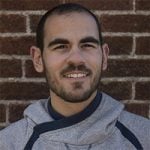Robotic Hand On Heart: Dr. G. Kimble Jett
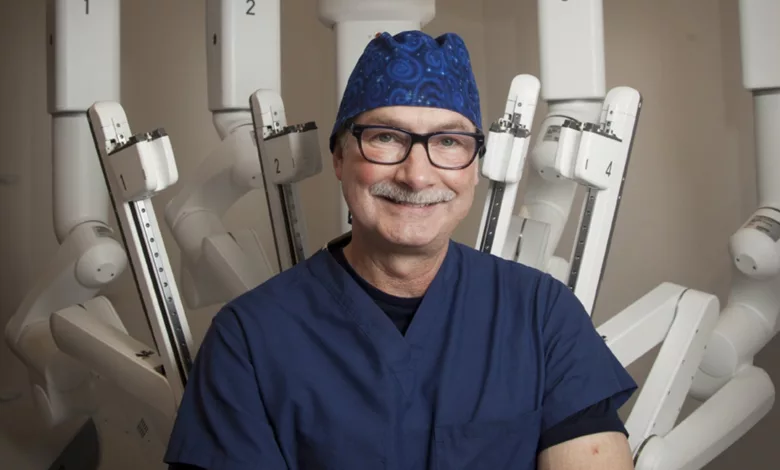
Plano Hospital Leads the Way in Minimally Invasive Surgeries
BaylorScott&White — The Heart Hospital – Plano
An Innovative Team Approach To Surgery
Photographs by Kim Leeson ~

Kenneth Loss is no stranger to complexity. He spent his career in the chemical industry, working as a plant manager in charge of maintenance support and some engineering projects. At 50, he was able to retire — but, instead of taking it easy, he went back to school and earned himself both a second undergraduate degree and a second master’s degree.
And, in 2001, he had open heart surgery for five coronary bypasses.
“It was extremely painful,” Loss said. “I was in the hospital for a week. Had huge stitches, and my chest was all wired up in the center with stainless steel wire. And the recovery was a good two, three, four months, before I felt eally good.”
So when a sore throat led to a diagnosis of stage 1B lung cancer, Loss found himself preparing to go under the knife again. He could opt for full thoracic open chest surgery — an operation similar to what he underwent almost 18 years ago — or he could have a more modern type of procedure, performed in large part by a robot.
Loss chose the robot. The top lobe of his left lung was surgically removed on Tuesday, Jan. 22, 2018. He spent two days in the hospital, recovering.
“The next day, on Friday,” Loss said, “I was in the gym on a treadmill.”
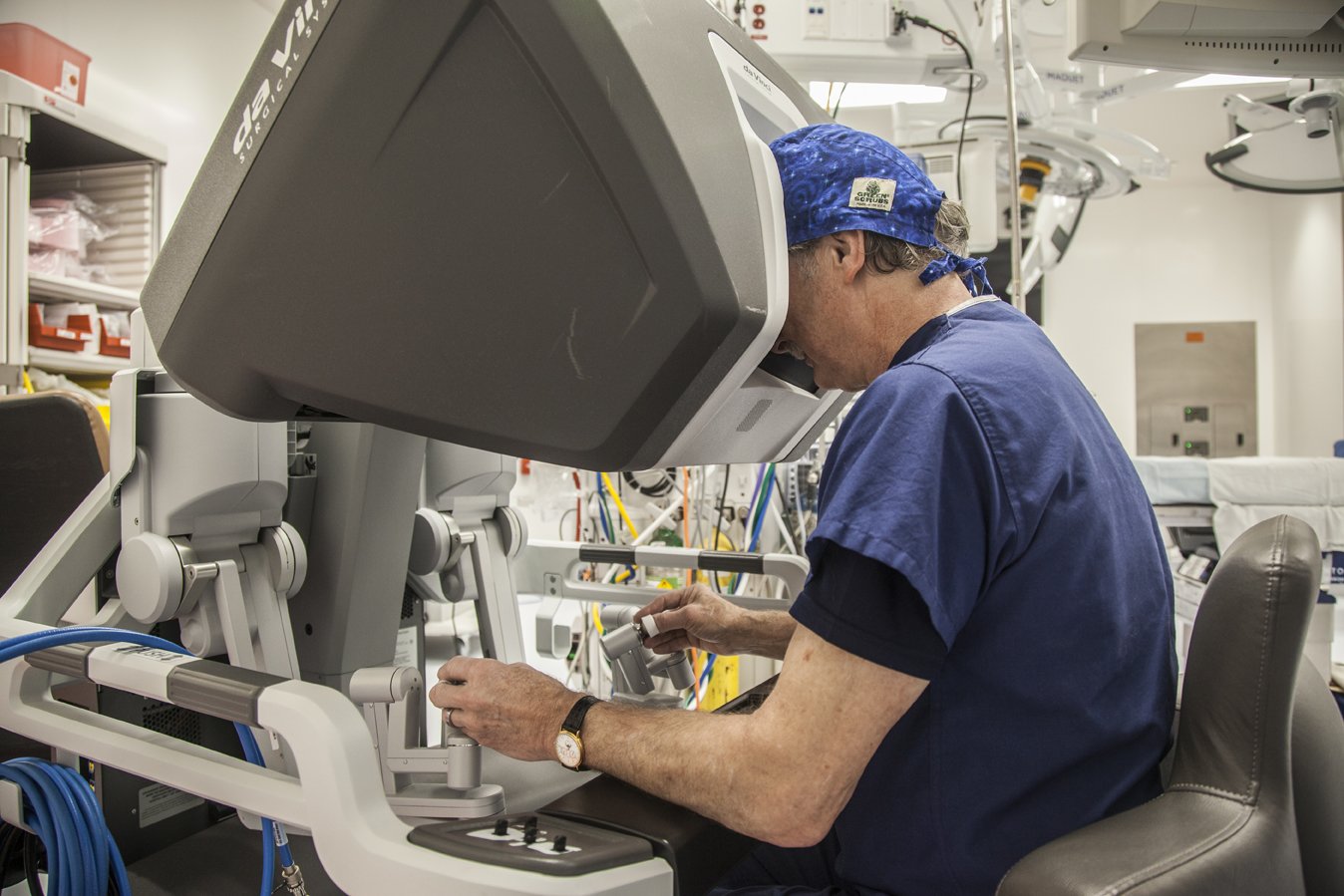
Loss said he couldn’t believe the results. The 72-year-old leads an active lifestyle, living on and running his own ranch. He minds the cows, builds fences, and works on tractors. And he got right back to it after the surgery.
This incredible degree of recovery is not uncommon to patients who undergo such minimally invasive procedures, according to Dr. G. Kimble Jett. Dr. Jett performed the operation on Loss, and is Medical Director of Thoracic Surgery at Baylor Scott & White The Heart Hospital – Plano.
Dr. Jett said he and the team at Baylor Scott & White Heart – Plano have worked to develop and perfect operations that minimize the trauma traditionally associated with heart, thoracic, and vascular surgery.
Smaller incisions to the body circumvent more invasive approaches, such as sawing through the breastbone and spreading the ribs, allowing for speedier recovery times and a quicker return to a patient’s daily routine.
What’s more, the robotics involved in these procedures affords surgeons greater control and visibility during the operation.
“The robot allows me not only to operate within the chest, but also allows me to do it in a better fashion because I have a camera that magnifies [the area of operation] ten times,” Dr. Jett said. “I have better precision. It’s like having little hands in the chest that are rock stable.”
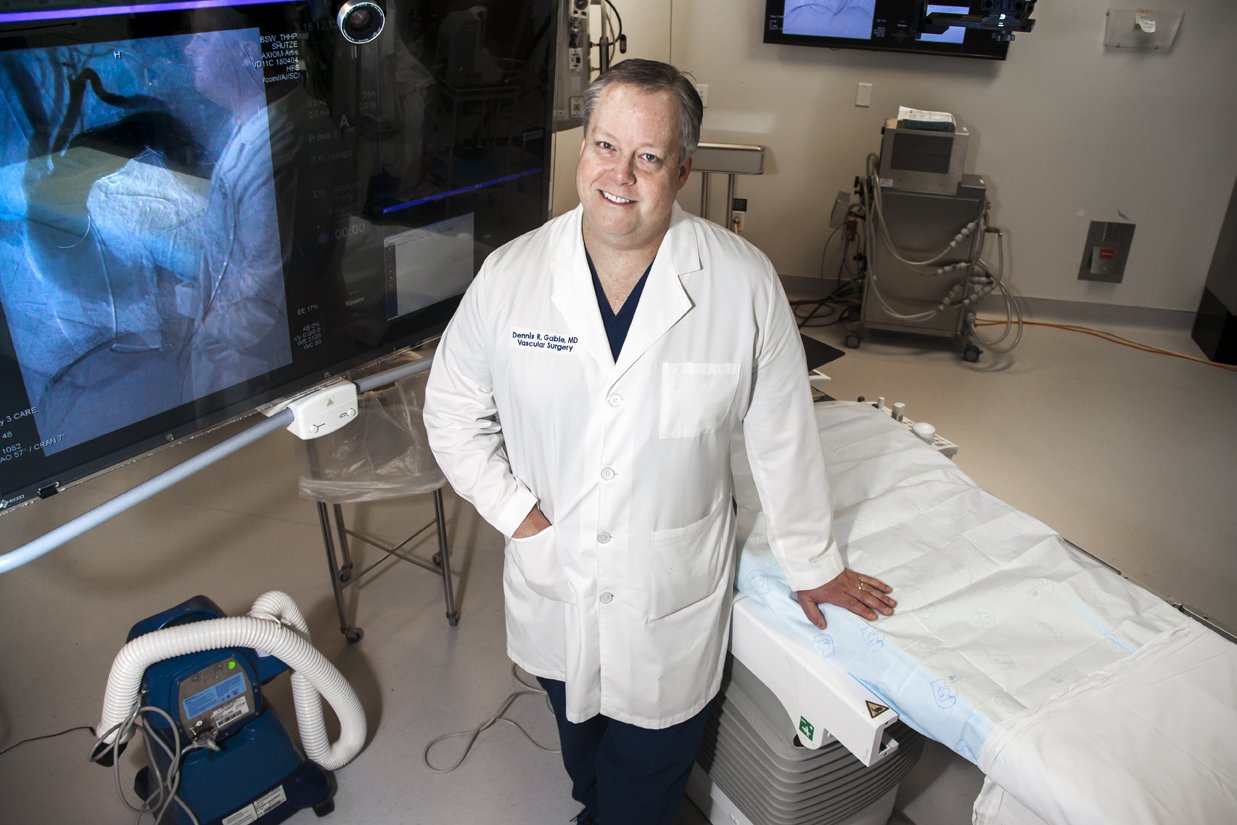
Dr. Dennis Gable, Chief of Vascular and Endovascular Surgery at Baylor Scott & White Heart – Plano, also uses robotics to reduce patient trauma and speed up recovery time. He can use minimally invasive approaches to treat blood clots, blockages, or other vascular problems.
“The use of advanced hybrid suites allows patients options for treatment for a quicker recovery and potentially improved outcomes,” said Dr. Gable.
Instead of a large incision up and down the belly or across the chest, Dr. Gable said such an approach may involve an incision only a quarter of an inch long — or as small as “one or two needle hole-type incisions.”
“People with that approach generally go home the next day,” Dr. Gable said, “as opposed to five or seven days in the hospital.”

Both Dr. Gable and Dr. Jett have worked at Baylor Scott & White Heart – Plano since it opened in 2007. Between then and now, what began as an upstart hospital — Dr. Gable called it “a little gem” — has grown into a small but competitive medical institution that ranks among the nation’s best, according to the U.S. News and World Report Best Hospitals report.
“Our facility has 116 beds, which by most standards would be considered a very small hospital,” Dr. Gable said. “Our quality outcomes result in faster discharges.”
“We are the second busiest cardiac program in the country and we’re in the top 20 programs in vascular surgery,” Dr. Gable added.
In addition to the Baylor Scott & White Heart – Plano’s minimally invasive approach to heart, lung, and vascular diseases, Dr. Jett says he and the Hospital are especially proud of its team approach, wherein the surgeon is not captain of the ship, per se, but rather one expert working with other experts to reach the best treatment for the patient, together.
They do this through weekly conferences. In these, doctors and specialists meet to review outcomes from operations the week before, present their upcoming cases, and discuss proposed treatments. “A lot of times, you go to a surgeon and that surgeon will tailor your treatment to what that surgeon does,” Dr. Jett said. “The team approach improves outcomes because you’re tailoring the operation to that particular patient’s needs to minimize the risk to that patient and optimize their results.”
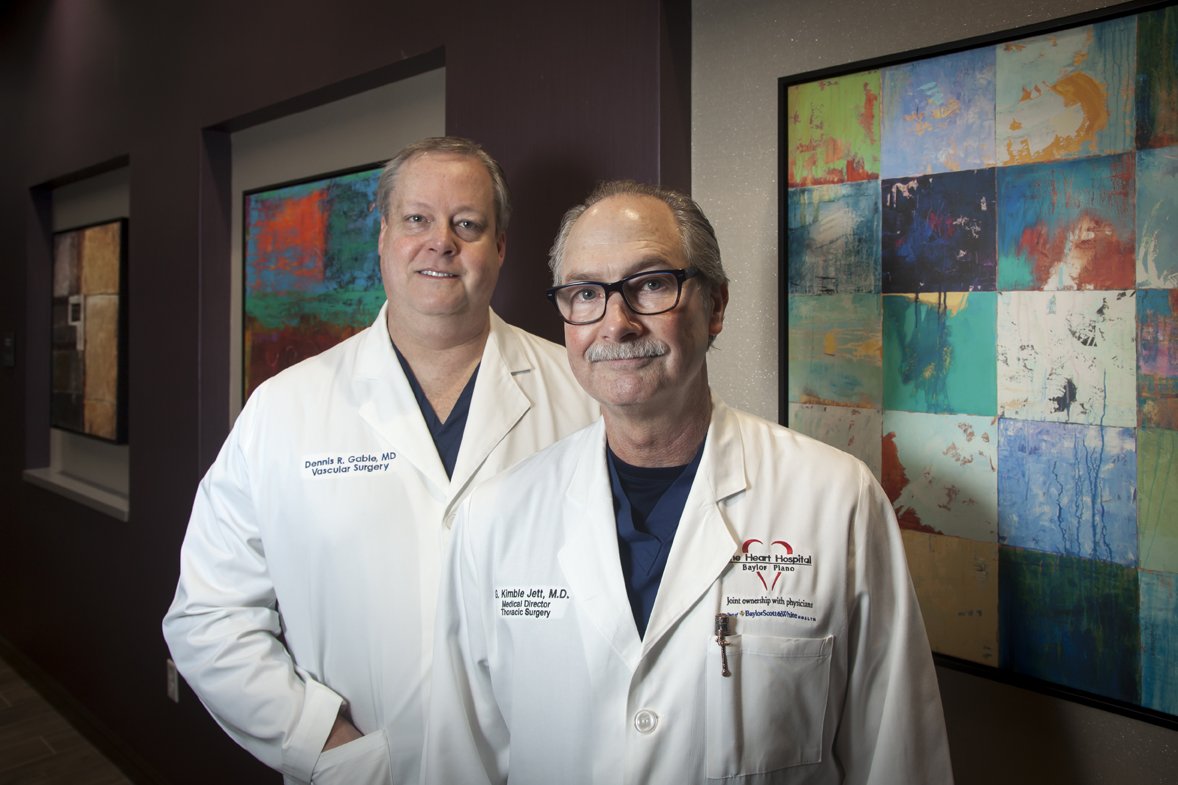
This extends to the patient side, as well. At Baylor Scott & White Heart – Plano, patients are called “guests,” and doctors will discuss with them all the options available. When certain procedures might not be the best for a particular guest, both Dr. Gable and Dr. Jett agree that communicating with and educating that patient is key.
“If you spend the time to go over the risks of each method of treatment and explain to them why you think the method you’re proposing is better for them,” Dr. Gable said, “most people will have an ‘a-ha’ moment and they’ll say, ‘I get it. I understand that this is going to be better, so let’s do it that way.’”
“The bottom line is you just want to do what’s best for the patient,” Dr. Jett said. “Everything we do, we look at the benefits versus the risk. And, whatever we do, the benefits have to outweigh the risk.”
Kenneth Loss seems to be reaping in the benefits. After his procedure in January, followed by six months of voluntary chemotherapy, Loss has had no sign of any cancer relapse.
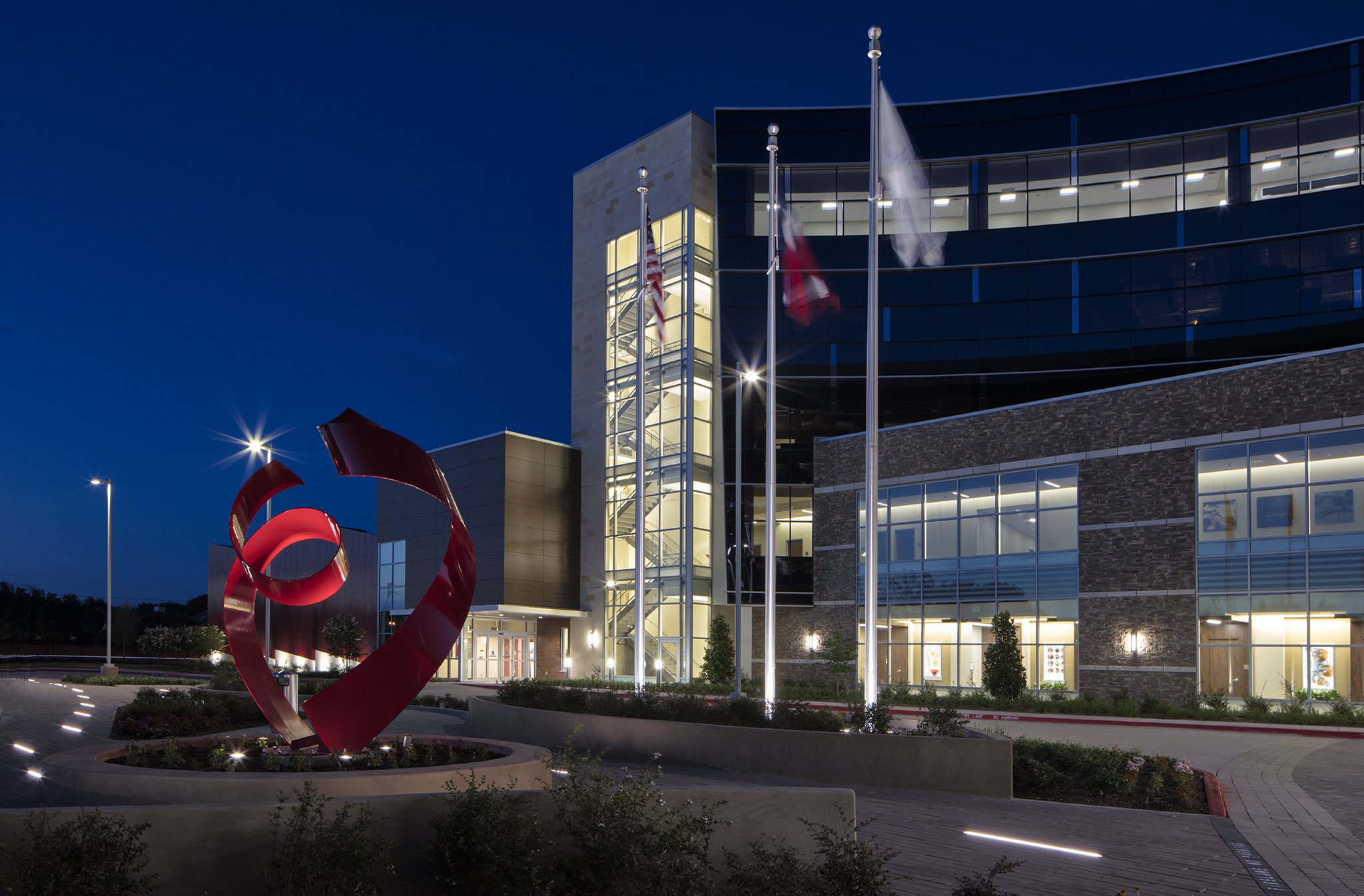
The Heart Hospital – Plano
He said if he had to, he wouldn’t have any hesitation undergoing another minimally invasive procedure, thanks to the quick recovery time, decreased risk of infection, and reduced pain. “It’s kind of foreboding, thinking about robots moving around inside of you,” Loss said.
“But, I mean, what difference is it really when you’re talking about somebody cracking your chest open with a spreader and having her hands inside with tools?”
“To me, it’s much safer and easier,” Loss added. “Just meeting [Dr. Jett] really sealed the case for me. It just made it look so easy and so simple, and I just went for it.”
Dr. Jett said the culture of Baylor Scott & White Heart – Plano aims not only to please its guests, but also to be the best. “We are a center of excellence,” he said. “[People] can turn to us to do what’s the best for them, whether it’s heart, lungs, or vascular surgery.”

